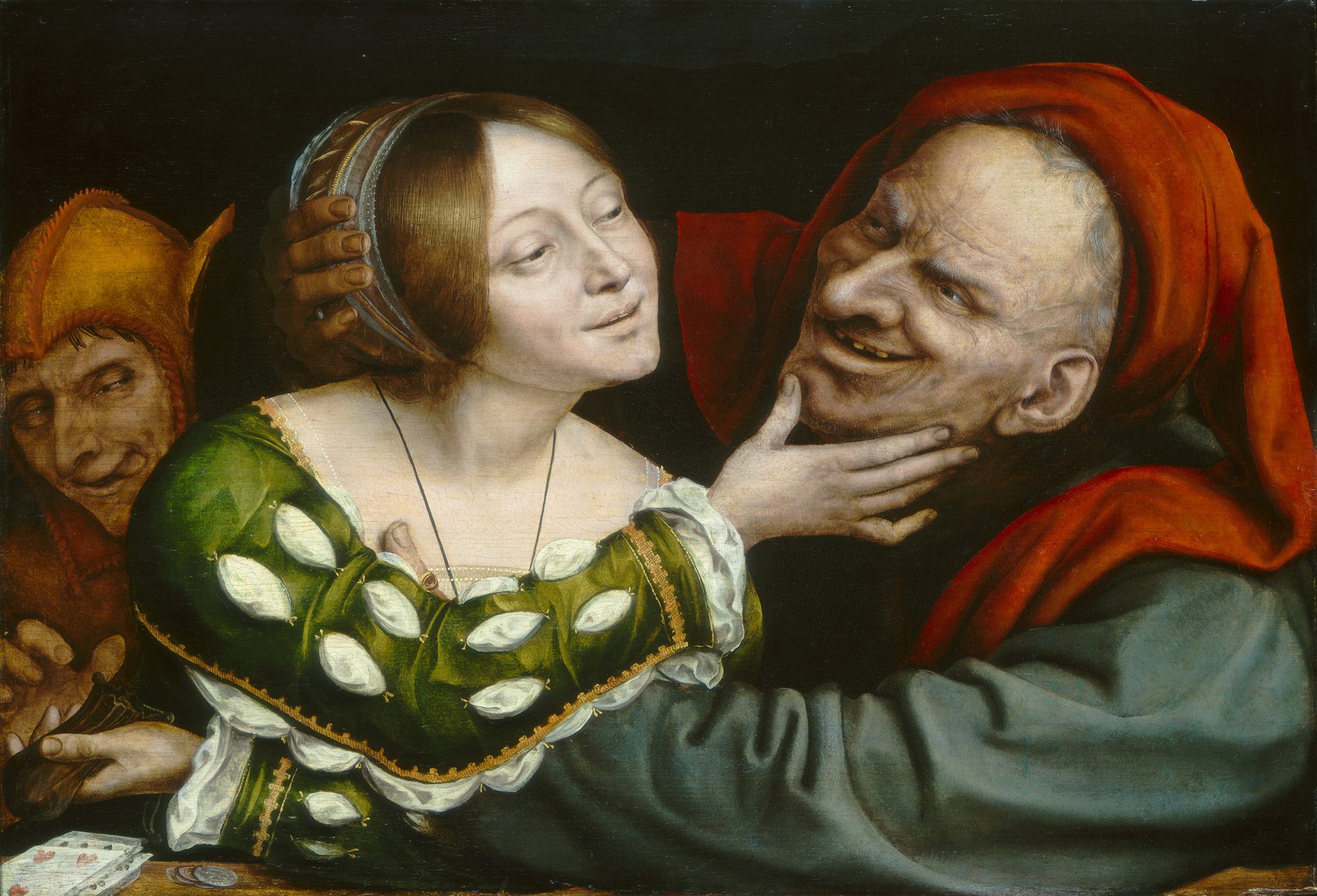As art itself has gotten pointedly uglier, the eye-candy has instantiated itself in the makers
One thing you might forget about the artworld when you don’t leave the house for a year is this: good looks and charm, plus the ability to throw a good party, have for some time been stepping-stones to artistic success. The other night, for example, I was in the midst of a well-lubricated gallery event and considering fleeing it – the guests had decided, seemingly out of sheer frustration, that it was time to start greeting with a hug again, no questions asked and no quarter given – when the person I was talking to pointed across the throng. ‘Here comes [redacted],’ they whispered. ‘Everyone loves him.’ I looked around and saw a very handsome, charisma-radiating guy, approximately eight-feet tall, leaving the shindig, the cynosure of all eyes.
[Redacted], which is not his real name, is a rising-star artist. His art is decent, too; but maybe it doesn’t have to be as good as it is. As I watched him go, a larger thought struck me and I reflected proudly on what we, denizens of the art scene, have managed to achieve over the last few years. Artists are now generally a lot better-looking and more socialised than they used to be, to the point where if you make high-quality art but your physiognomy suggests the proverbial bulldog chewing a wasp, you might want to consider hiring someone beautiful to be your public face.
It seems wild, looking back, that ugly-mugs were ever allowed to have art careers, though one must bear in mind that in, say, the 1950s, artists didn’t usually get their first show until they were a decade too old for the army and accordingly raddled. If an artist happened to be good-looking (Niki de Saint Phalle, for example), it counted against them, made them seem unserious; and even more so if they dared to positively emphasise their appearance (hello Dalí). Now, though, we’ve seen the light. Art is about things you want to look at; why wouldn’t you want to look at the artists too? Anyway, we’ve done it! The worlds of fine art and fashion had to merge in the process, but by God we’re there: the days when you wouldn’t get taken seriously if you were hot and could handle a paintbrush are gone. I remember Matthew Barney supposedly being embarrassed about his modeling years; that seems a long time ago now. Not that you can’t be talented and attractive, I say to myself while looking in the mirror. But, thanks in part to the increasing pressure on artists to brand themselves and promote themselves on social media, not to mention the cult of youth that has seeped into art too, we could be heading towards an inverted-world reality where the ‘attractive’ part is enough.
Perhaps there’s a finite amount of aesthetic pleasure that can ever circulate in a given scene, and as art itself has gotten pointedly uglier the eye-candy has instantiated itself in the makers. In some quarters, the cost of art education may be a factor, since rich people are often good-looking, looks and money intermarrying easily. Either way, when you go to an opening now – if you can find one – there’s always something to look at, even if it’s not the art. Art schools seem to have been strangely slow to register this shift. I may have missed it, but I don’t see them offering classes in networking, Instagramming yourself in front of your dopey painting while mostly concealing it, dressing well, comportment, pacing yourself on the white wine, memorizing DeBrett’s, or what to expect at your first Vogue shoot. Not yet, anyway.
In his book Homo Deus (2016), Yuval Noah Harari predicts that in a world where technologically augmented people can live forever, art will die out, because what drives people to make art is a notion that it’ll live on after they die. If they don’t die, why bother? Argue with that as you might (I wouldn’t blame you), we may still be able to glimpse a future horizon of what feels like No Art, or not much, because we’ve made visibility contingent on the maker’s pulchritude. At this point, leaving the stand-ins hypothesis out of it, maybe we’ll end up with two artworlds, something analogous to the scenario in H.G. Wells’s The Time Machine (1895): on the one hand, something like the author’s Eloi – in this case, vacant art-schooled hotties – above ground, at the parties to celebrate the latest baubles they knocked out during gaps in the social calendar; on the other, a parallel tribe to his Morlocks – the troglodytic, at-least-reasonably talented, determined – plugging away in their subterranean studios, waiting vainly for the tide to turn. (Whether this fantasy extends to the latter group eating the former remains to be seen.) Or maybe it won’t be like that at all, but remember what Duchamp said: the artist of the future should go underground. Of course, he’d lost his looks by then.
